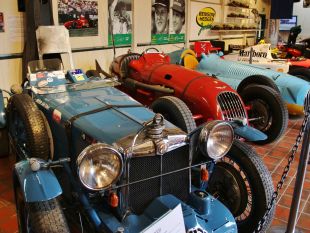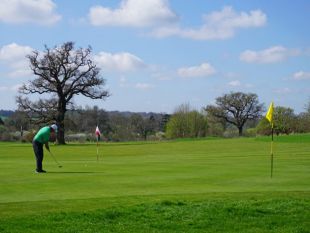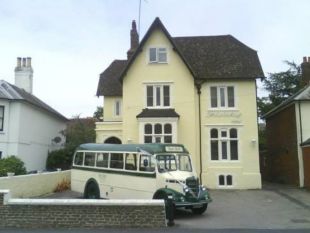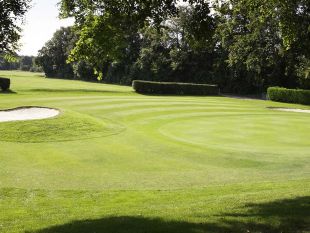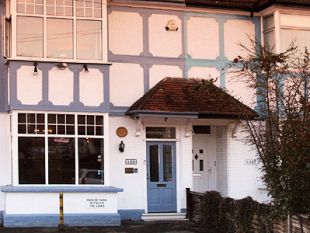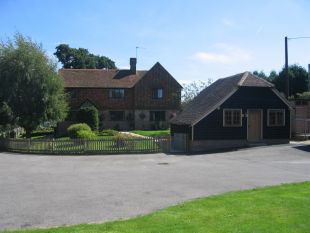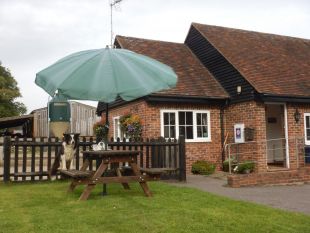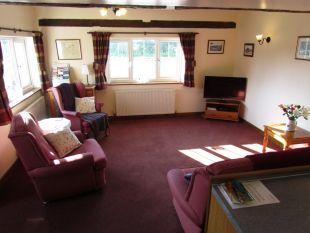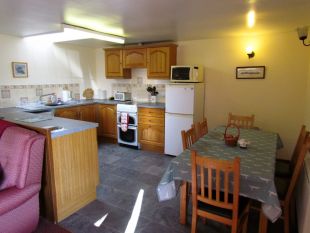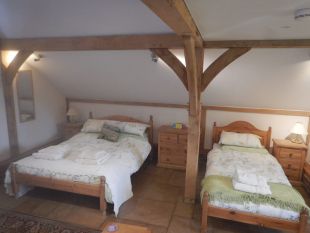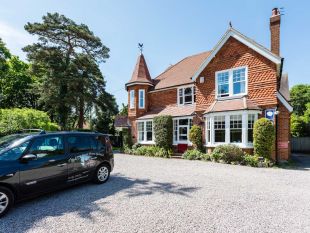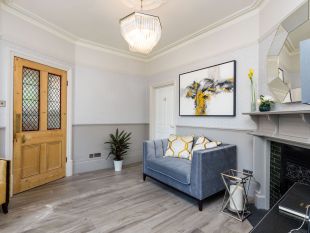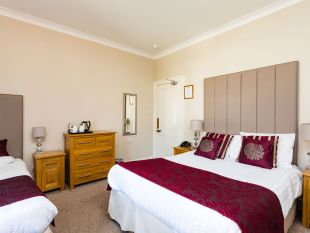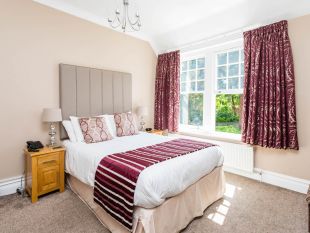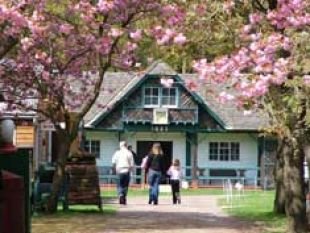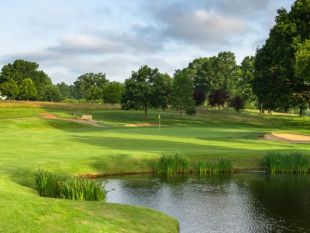Surrey
Let us help you plan your ideal vacation in Surrey...
Bisected by the traffic-choked M25, this Home County might, at first glance, appear to be the archetypal commuter belt. Yet Surrey has somehow succeeded in accommodating vast numbers of people without destroying its natural beauty.
Even today it remains the most wooded county in Great Britain and the escarpment of Box Hill, on the outskirts of busy Dorking, boasts the oldest unspoiled area of original woodland in the United Kingdom.
Large tracts of rolling countryside have survived the building boom and throughout the region are extensive commons, heaths and grasslands, all containing a wealth of wildlife. Many beautiful villages dot this pleasing landscape and the North Downs, in particular, is a haven for nature lovers, boasting hundreds of footpaths and bridleways.
Leigh Hill, near Dorking, is the highest point in southeast England, soaring to 294m, or 965ft, above sea level.
In prehistory the region was the stronghold of the Atrebates tribe who controlled the southern bank of the River Thames until they were defeated in battle by their rivals, the Catuvellauni. It was the Atrebates who, in an attempt to win back their territory, formed an alliance with the Romans and helped them invade Britain in 43AD. There are reminders of those far-off days at the Holmbury Fort Iron Age hill fort and in the remnants of the Roman roads of Stane Street and Ermine Street.
The Saxons took control from the mid-fifth century and the county became one of the last parts of England to convert to Christianity. It was taken over by the kingdom of Wessex in the seventh century. King Alfred's son Edward was one of seven kings to be crowned on the Coronation Stone at Kingston upon Thames. The region was also conquered by the Vikings who finally gave way to French rule in the wake of the Norman Conquest. Given such a turbulent history it is no surprise that Surrey has a number of old monastic buildings and a magnificent Norman castle keep in Guildford.
Its finest stately home is Hampton Court Palace at Richmond, a haunt of Henry VIII who rebuilt it in the 16th century.
Originally owned by his archbishop, Cardinal Wolsey, it contains the last medieval great hall built for an English monarch. Its tennis court is the oldest 'real tennis' court in the world still in use, while its hedge maze has nine miles of paths.
Loseley House is another beautiful country home, built in the 1560s for Elizabeth I to stay in. It boasts a magnificent great hall, sumptuous panelling from Henry VIII's Nonsuch Palace, his banqueting tents, a minstrel's gallery, and carvings by Grinling Gibbons. Other noteworthy mansions include 18th century Clandon House, built by the Venetian architect Giacomo Leoni for the 2nd Lord Onslow, the Palladian Hatchlands and the Edwardian Polesden Lacey. The latter, set amidst splendid downland scenery, was the scene of the future King George VI and Queen Elizabeth the Queen Mother's honeymoon in 1923.
Surrey is a place of majestic gardens, the most famous of which can be found at Richmond. The Royal Botanic Gardens Kew has seven stupendous glasshouses containing plants and trees from across the globe, as well as from its oceans.
The world-famous Savill woodland garden lies within Windsor Great Park at Egham, and covers 35 acres. The county's best-known museum is the Brooklands Museum at Weybridge. It has a superlative collection of historic racing cars, motorcycles, bicycles and aircraft spanning 80 years. Brooklands was the first purpose-built motor racing circuit in the world - and the first place an Englishman flew an aircraft of his own design.
Guildford's Gallery Museum is housed in a 17th century town house while a museum of rural life can be found at Tilford. Children, however, may prefer to head to some of the area's fun-loving theme parks. These include the Chessington World of Adventures and the water-based Thorpe Park.
Surrey's largest town, Guildford, lies only 25 miles from London yet still boasts a cobbled high street. It is overlooked by one of the county's best-known landmarks, the Hog's Back ridge on the North Downs. With numerous fine Georgian buildings, a 20th century cathedral, and its three-storey Norman keep, it has retained some of its old-style charm and also has the Dapdune Wharfe on the River Wey, one of Britain's most important historic waterways. The Wey was one of the first British rivers to be made navigable, opening to barge traffic in 1653.
A 'must-see' is Runnymede, near Egham. Now owned by the National Trust, this water-meadow beside the River Thames was where King John reputedly signed the Magna Carta in 1215 to avert a rebellion by his barons.
A domed temple acts as a poignant memorial to the signing, and nearby stands the John F Kennedy Memorial on land ceded to the United States. A third memorial pays tribute to the thousands of airmen who died graveless in World War II.
Surrey, of course, has a remarkable sporting pedigree. Former members of its cricket team, which plays at The Oval, include some of England's greatest batsmen. The club took part in the earliest county match against Kent on June 29th 1709.
But the region's most famous sporting arena can be found at Epsom - home to both The Oaks and The Derby horse races.
Read More
